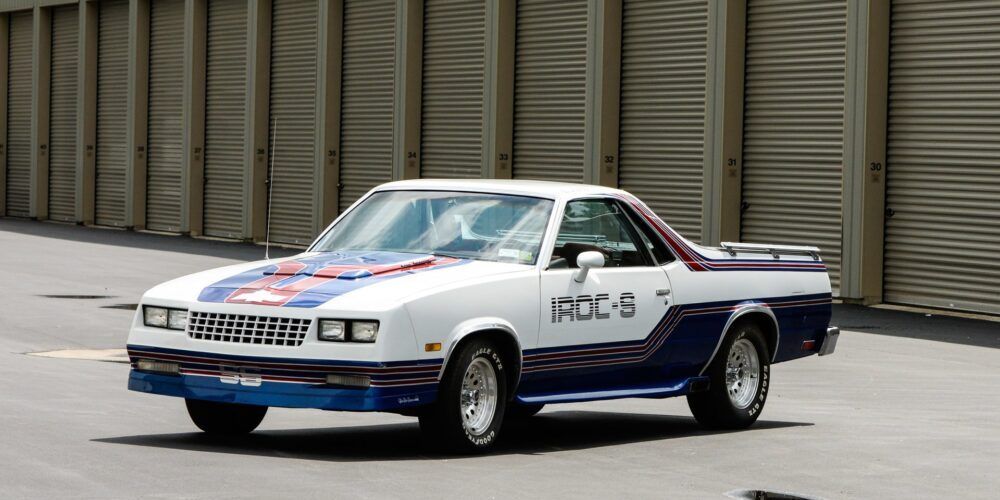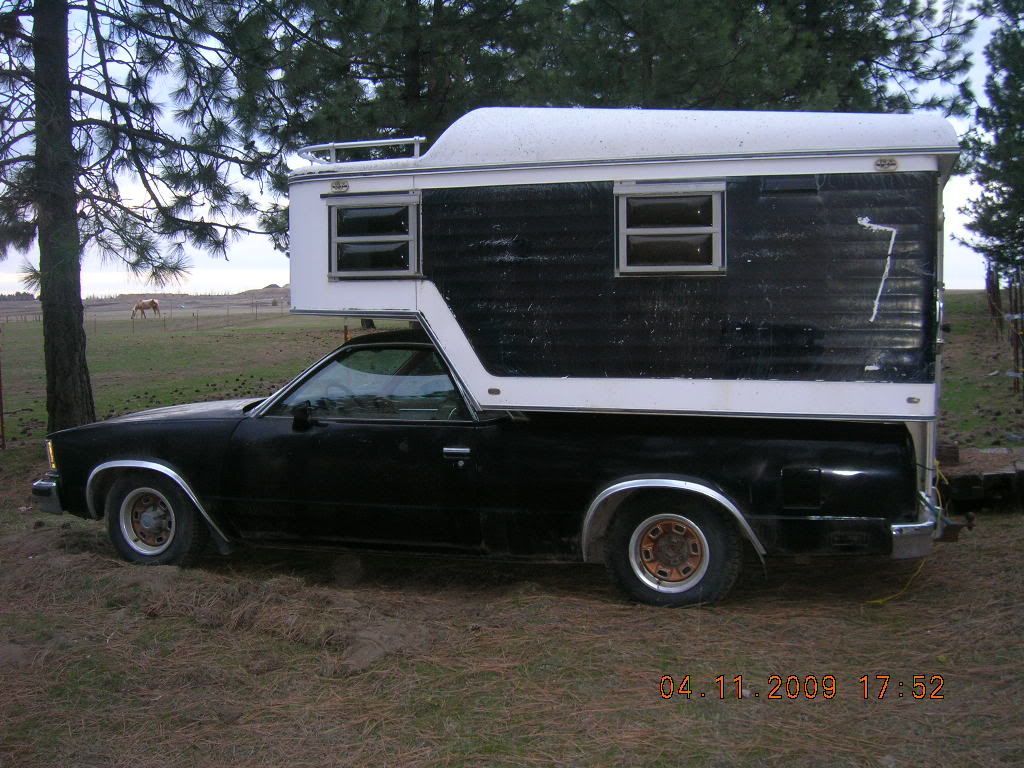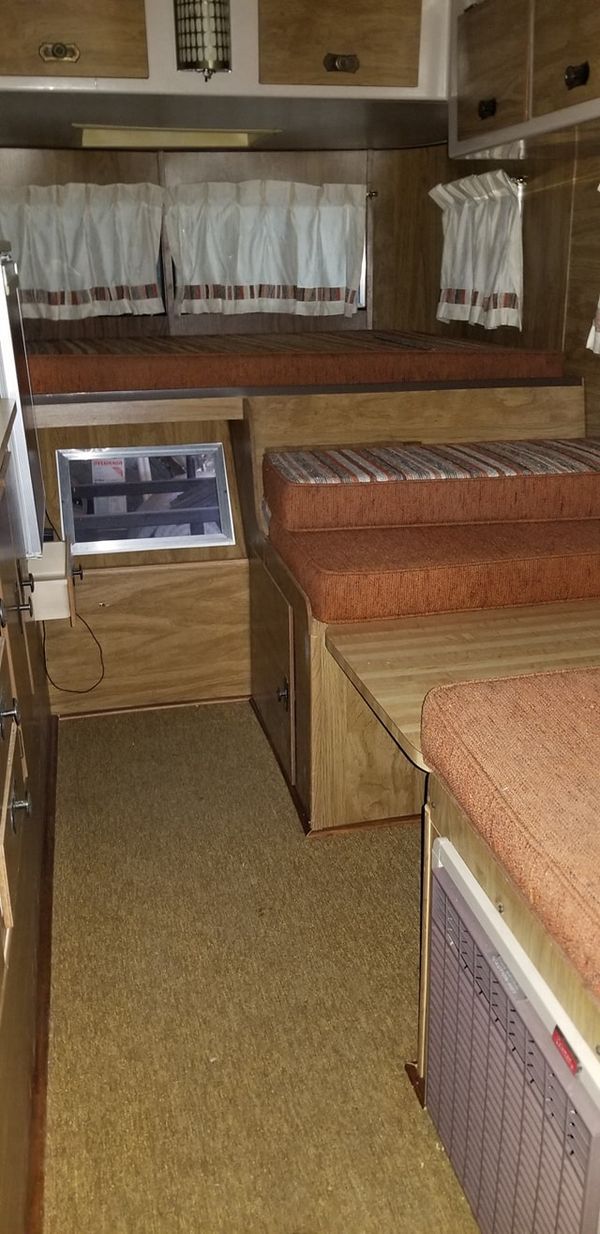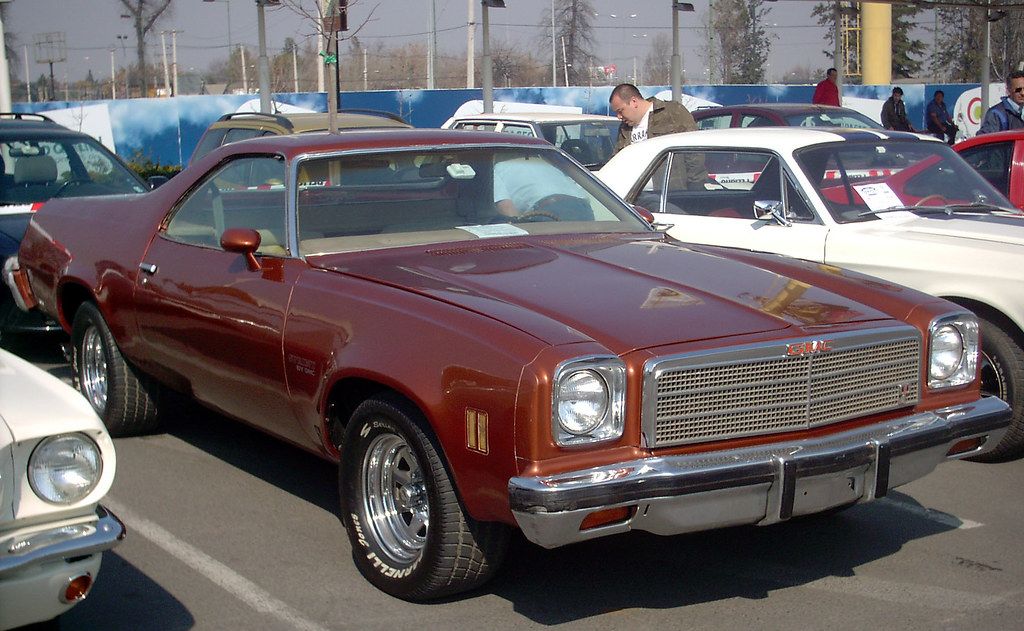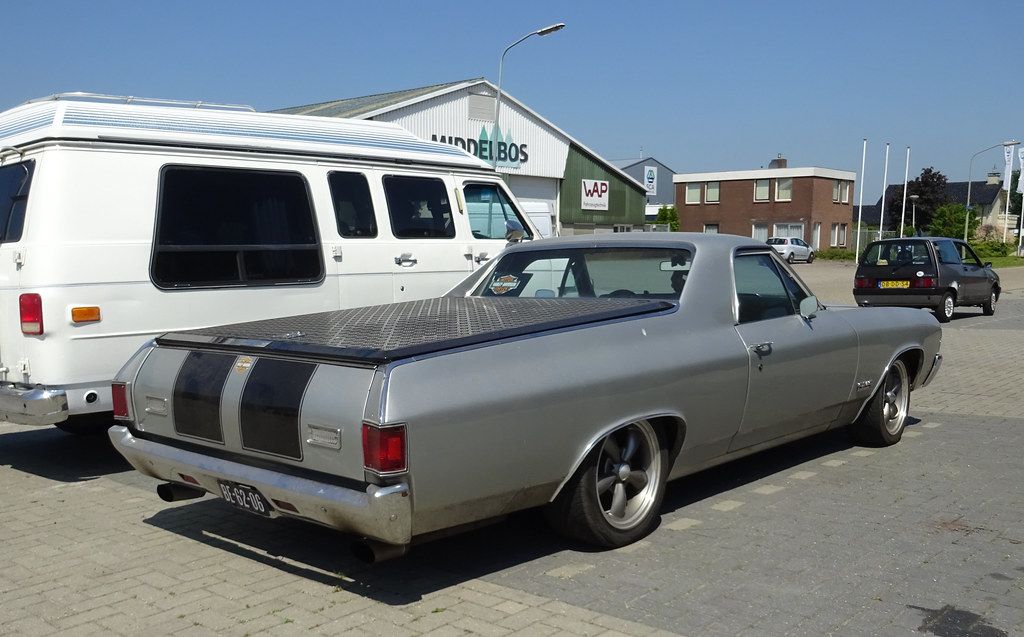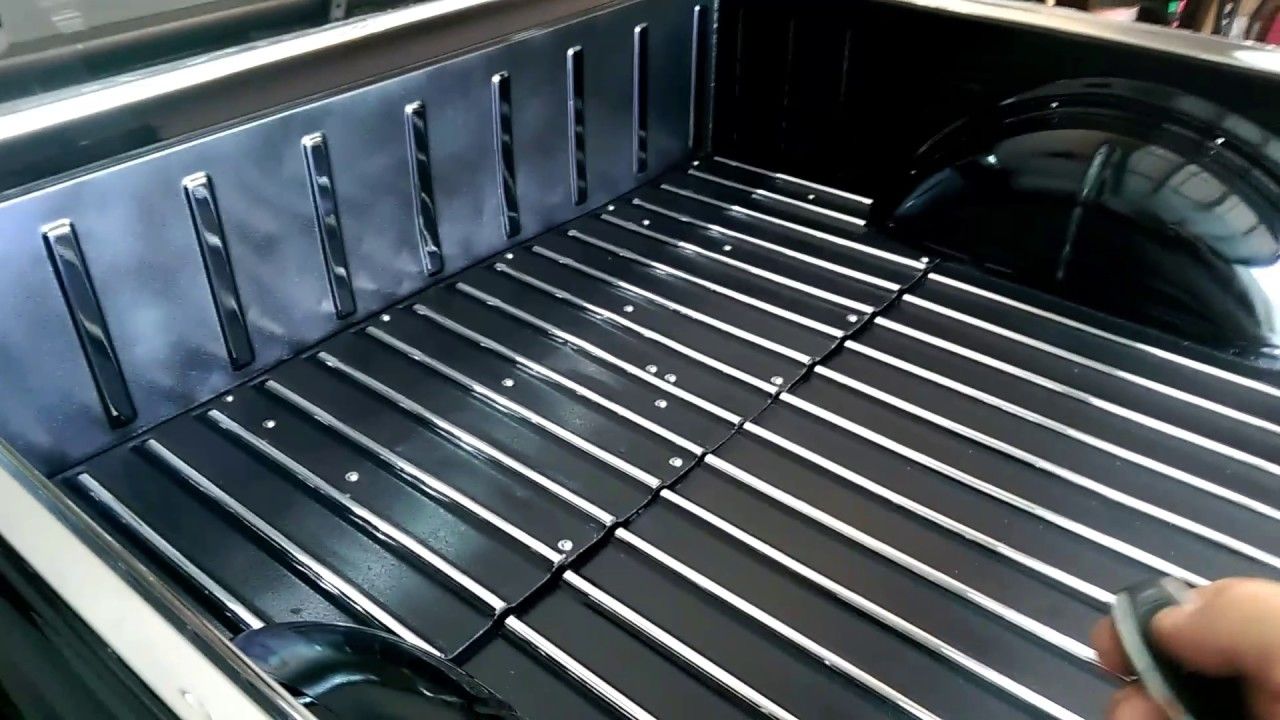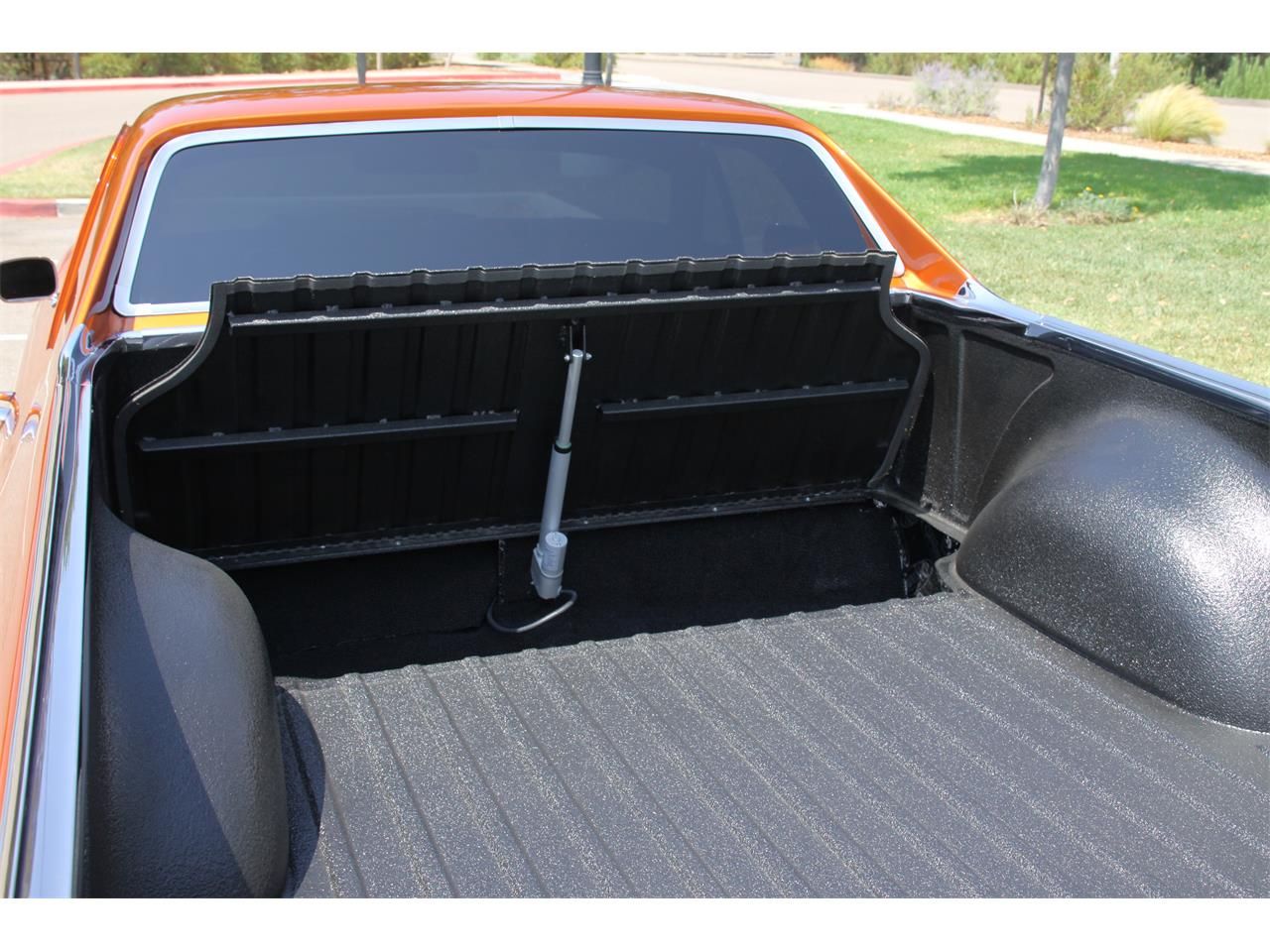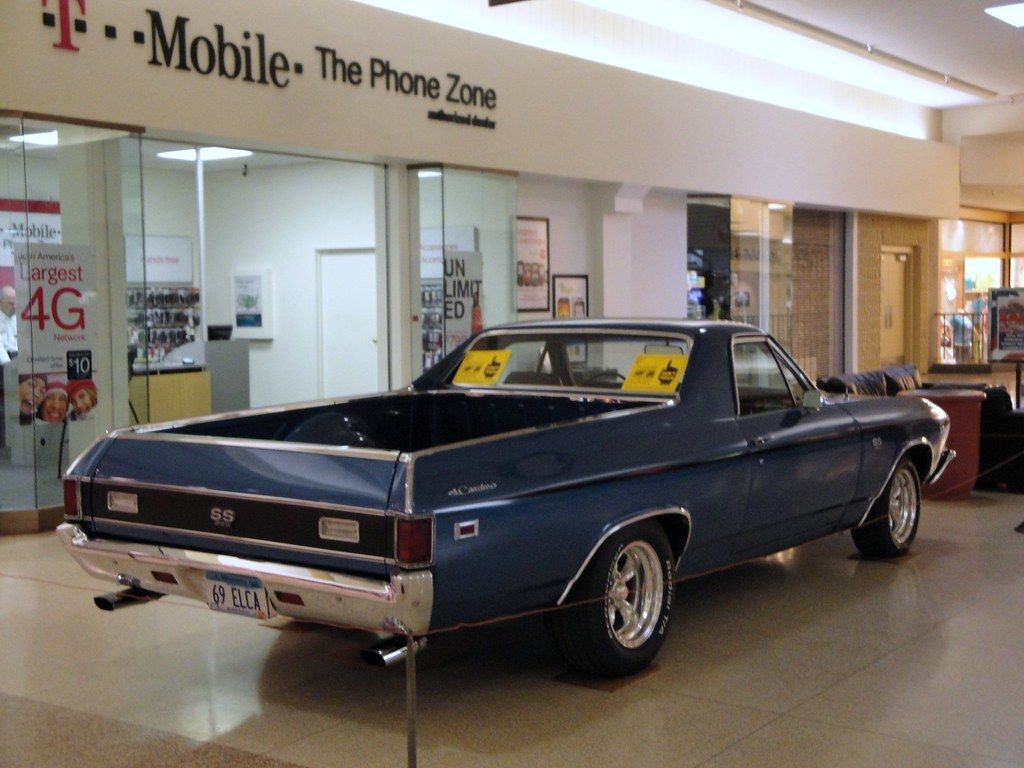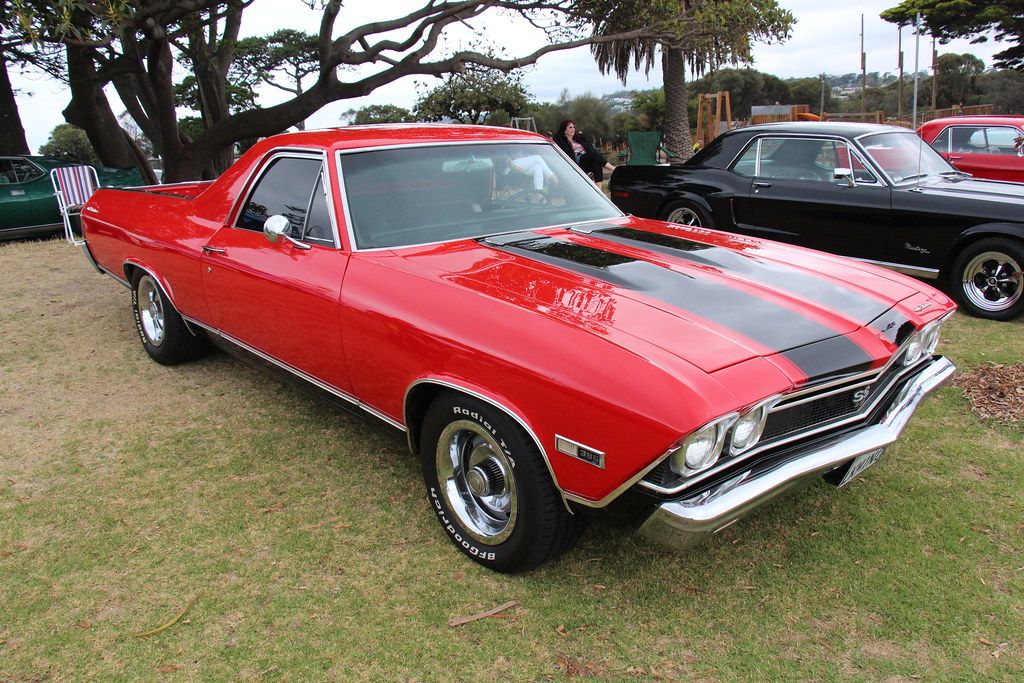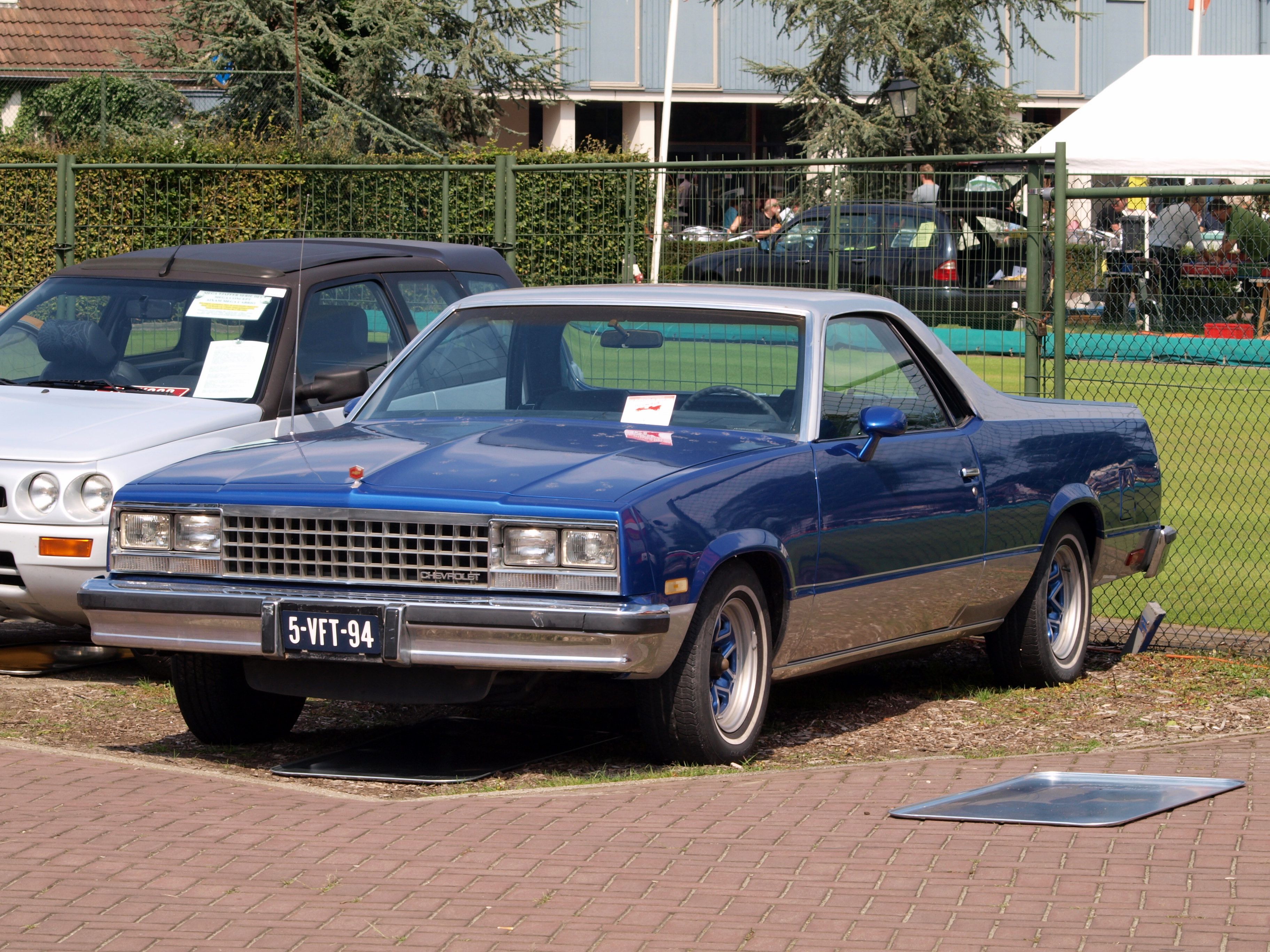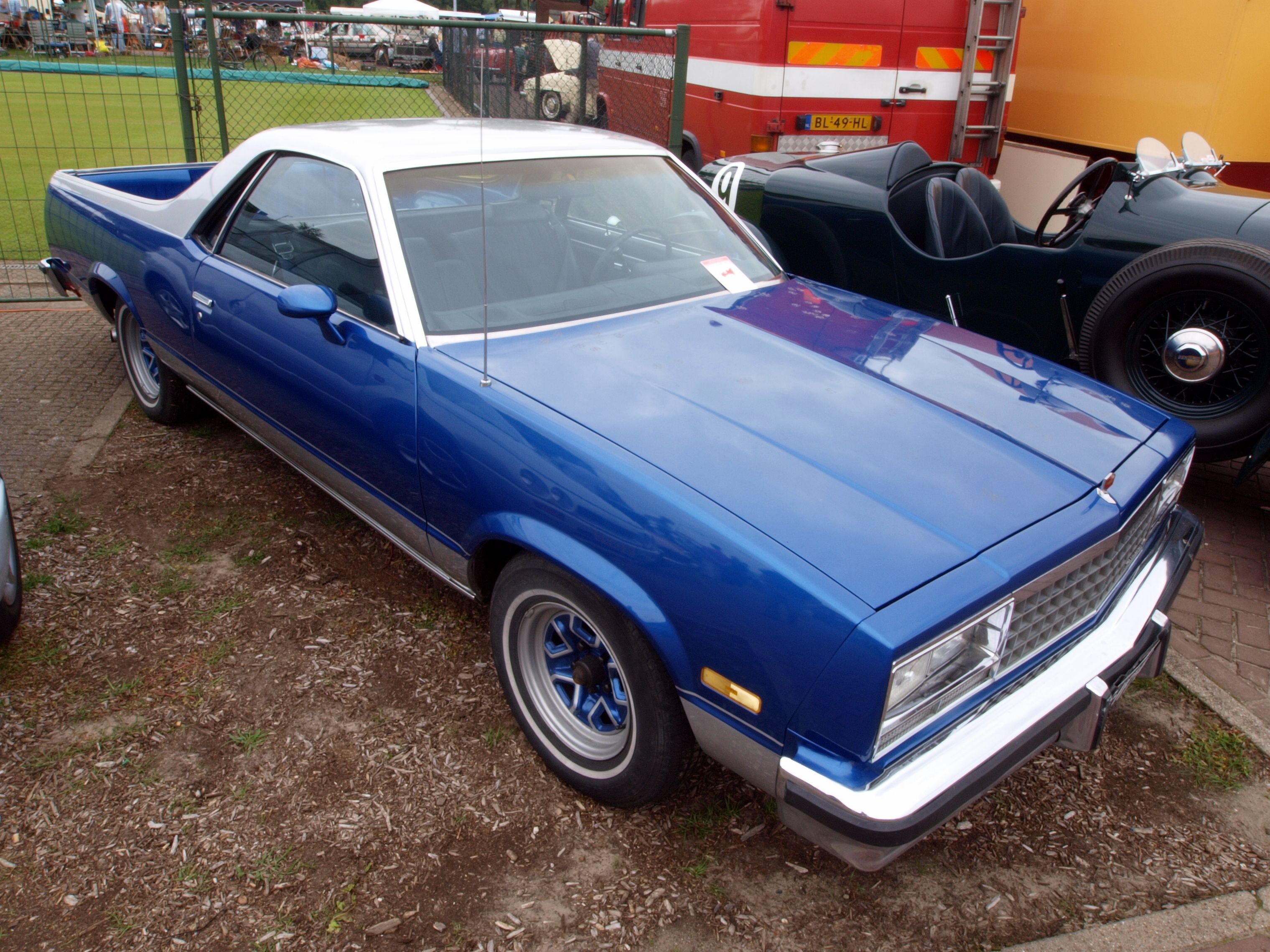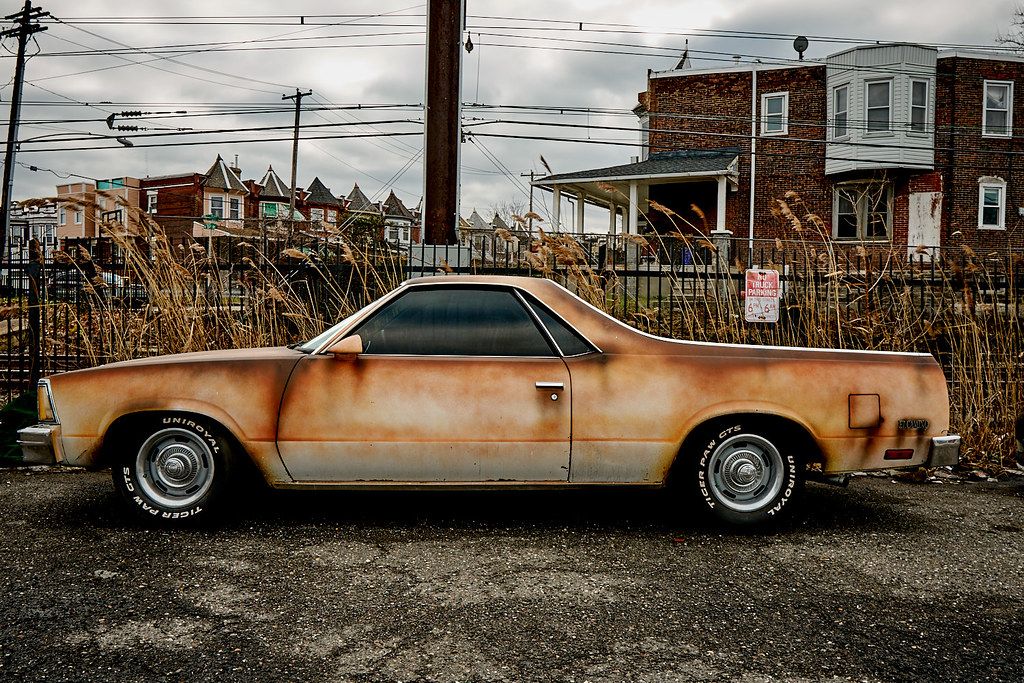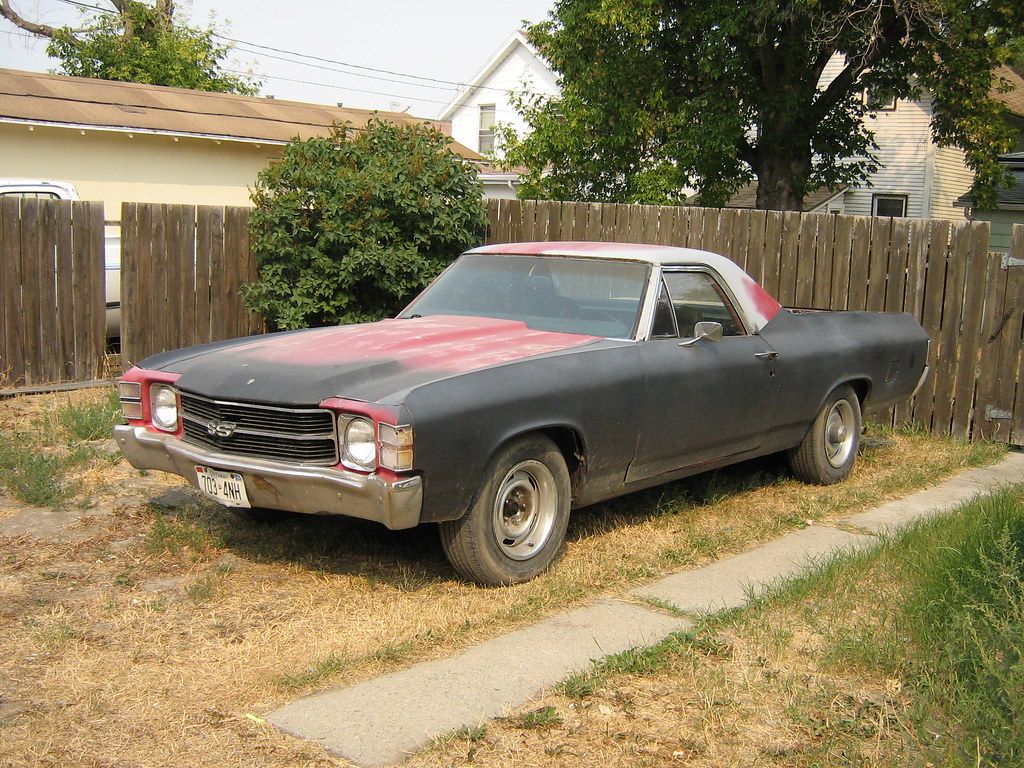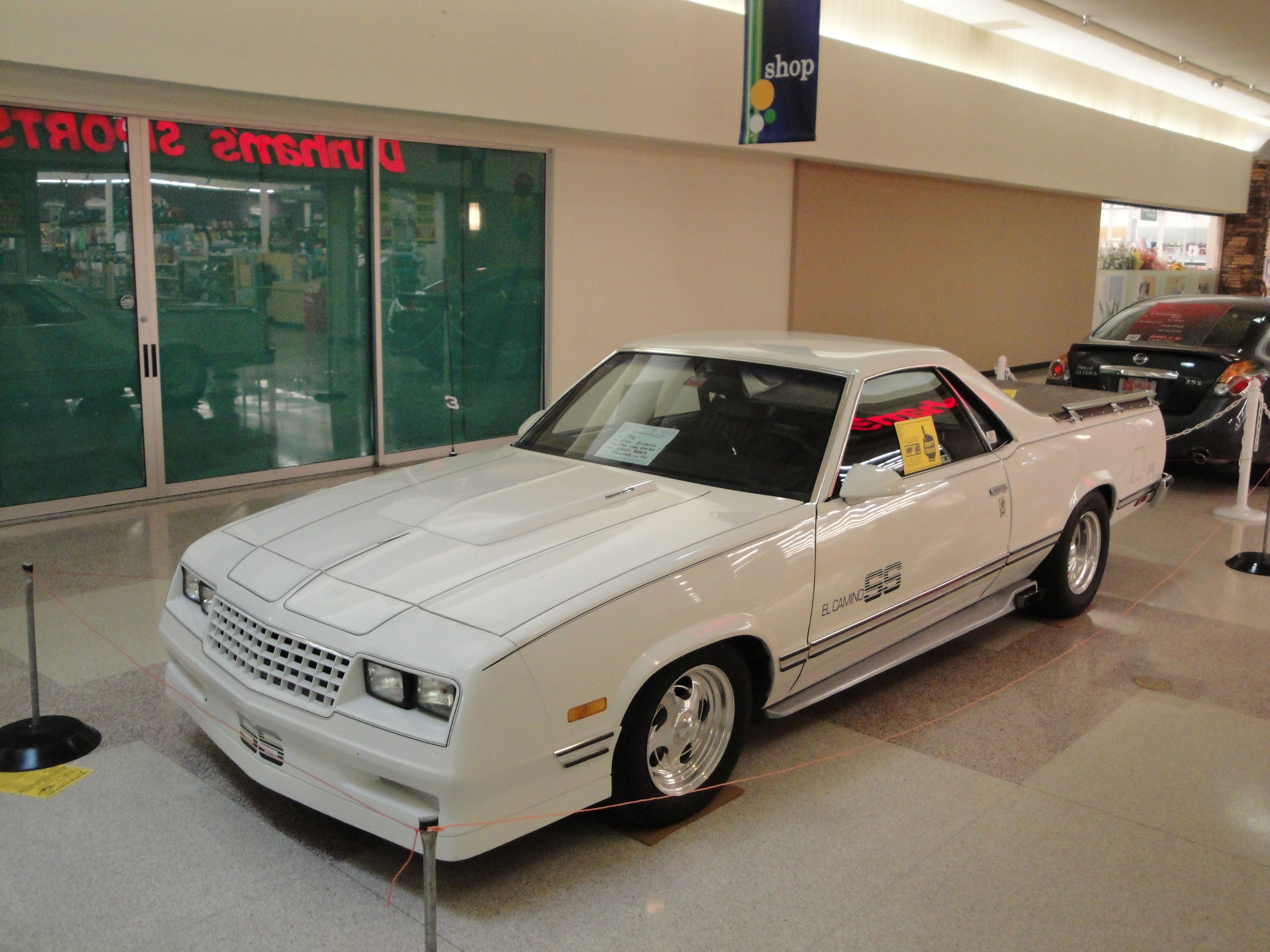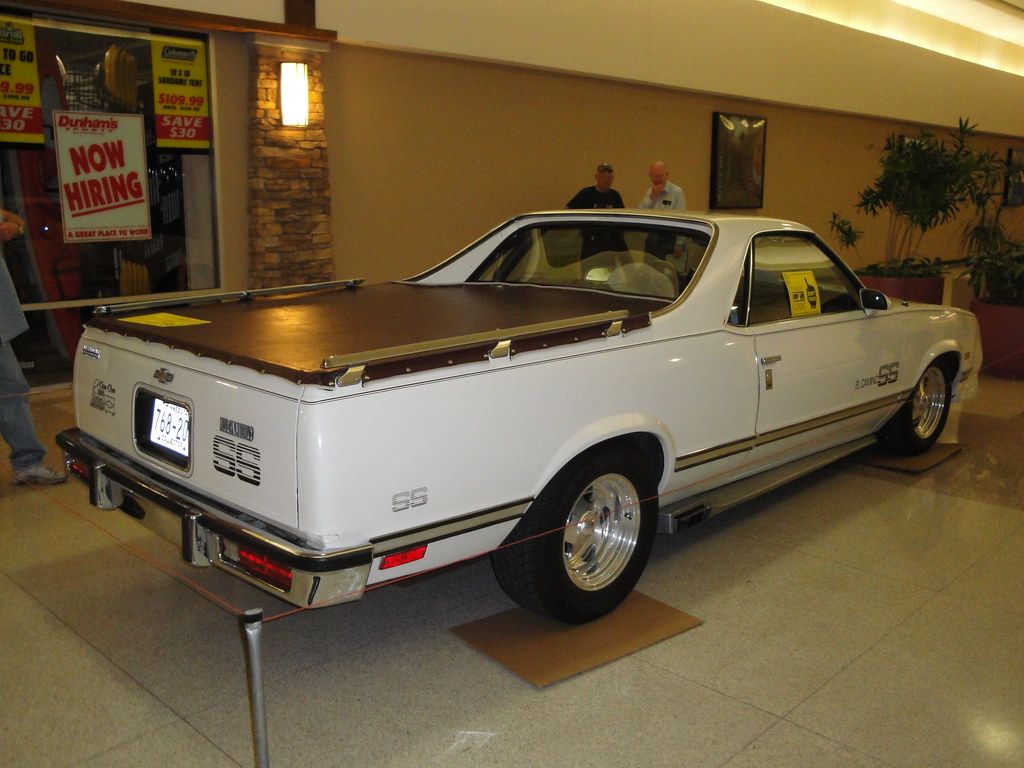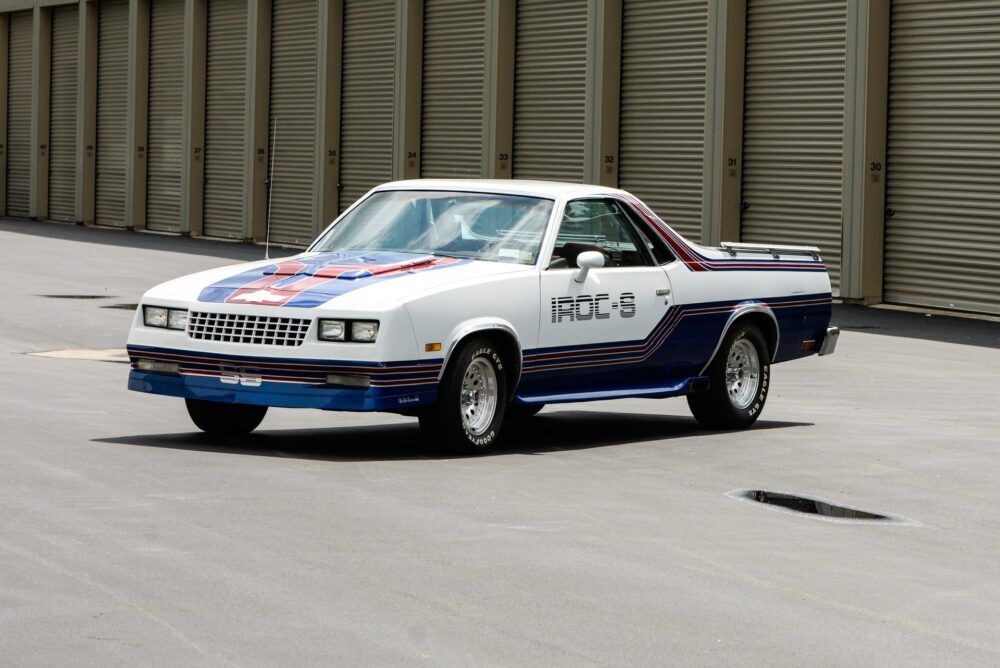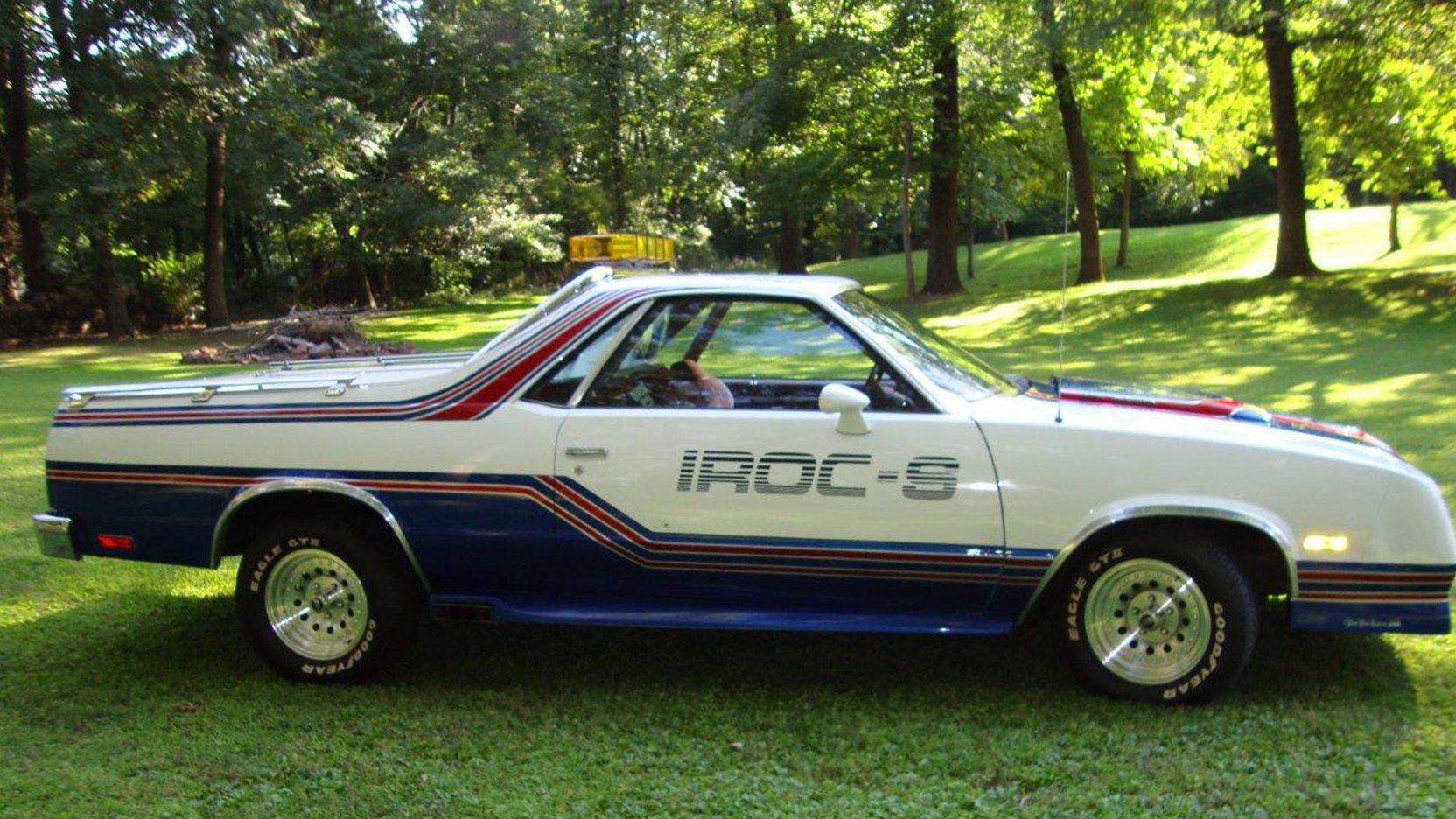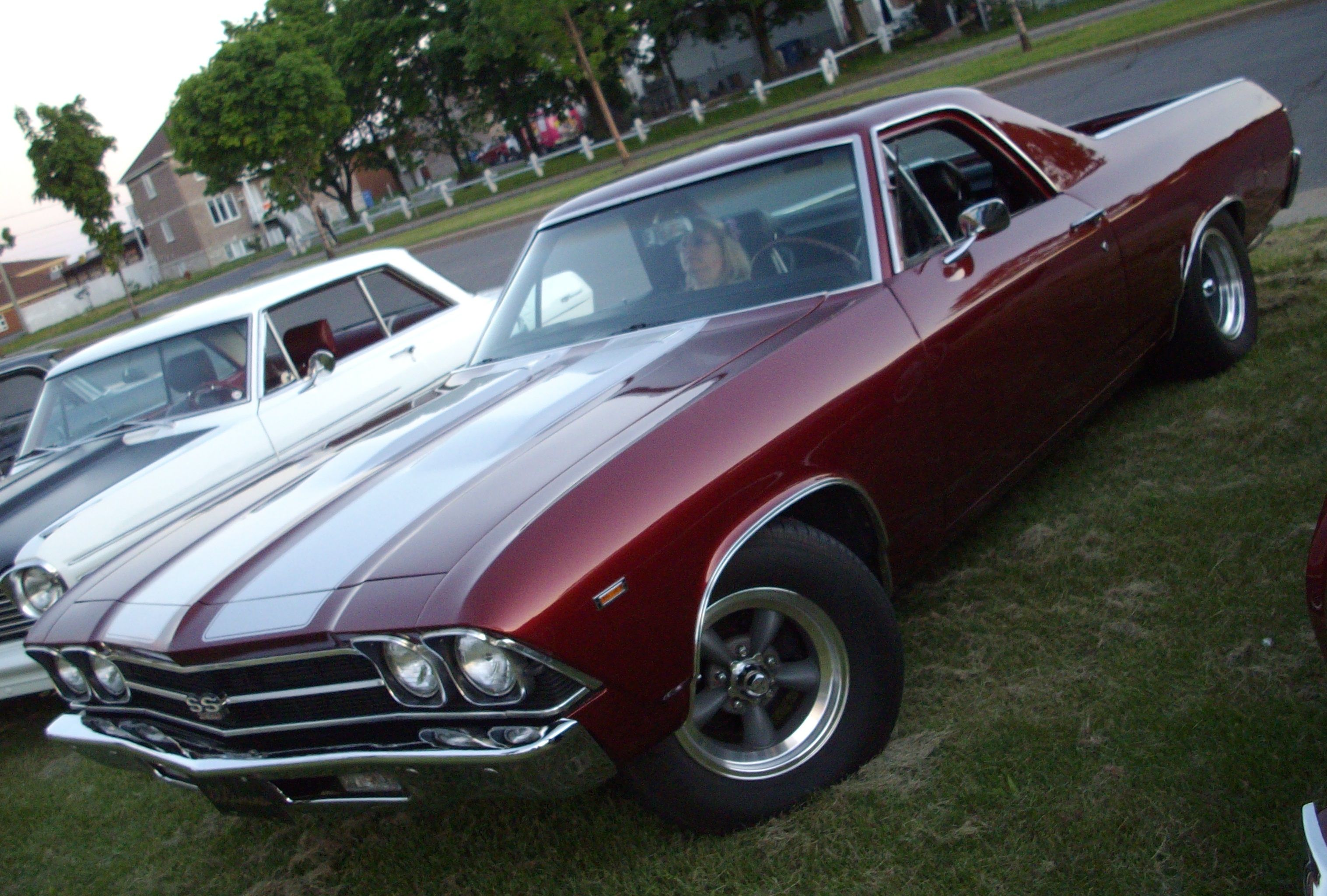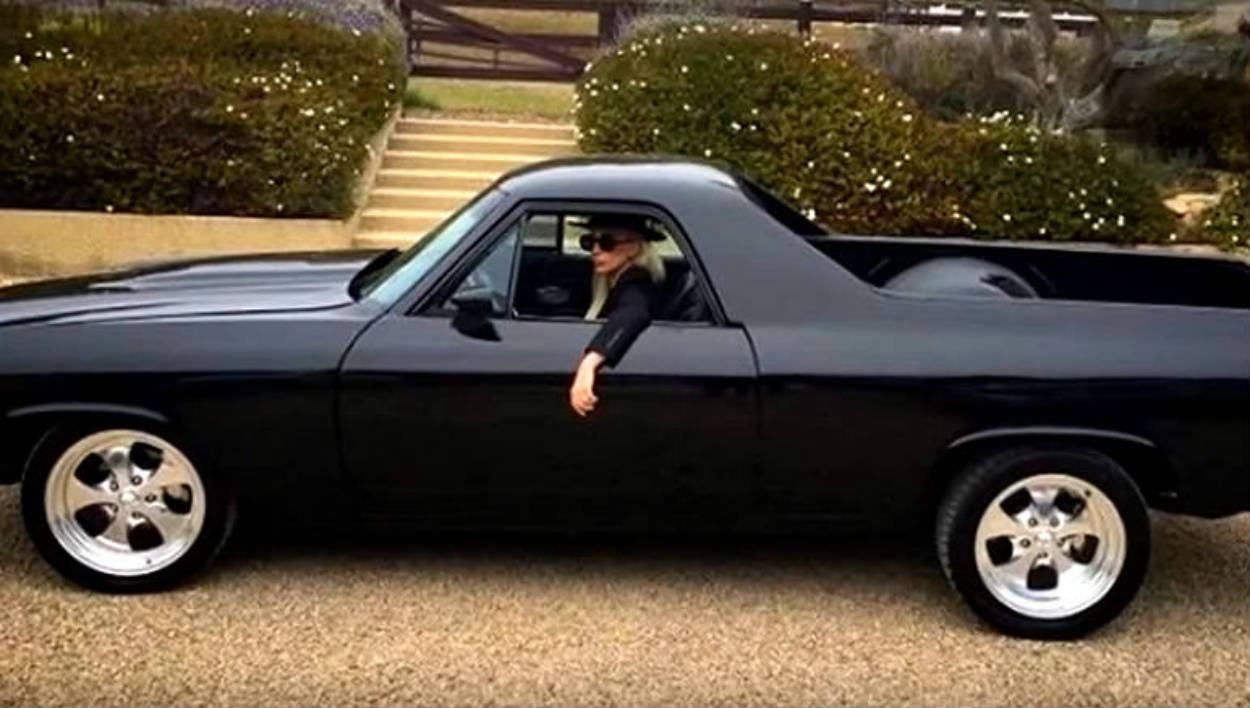The invention of the automobile has been one of the most influential contributions to society. The first car was little more than a three-wheeled cart, but quickly it was changed to a 4 wheeled platform. There is always experimentation with form, and the consequences of that can be really great, creating entirely new classes of vehicles like SUVs or Muscle Cars, or disastrous ones like the Pontiac Aztek and the Edsel.
Along these lines was the best example of a platypus of an automobile, the El Camino. This is not to say it was not successful, quite the opposite. It is to say it defied classification. Like the Suburu Baja which would come a lot later, this truck/car would defy many conventions of classification.
As is customary with such an odd duck of an automobile, there are many aspects of its creation, hidden gems, and unknown facts about them.
9 They Made Slide-In Campers For Them
When a new truck enters the market it is very normal, the first thing that the aftermarket looks to do is to fill the bed with accessories. Toolboxes, bedcovers, and camper shells become ubiquitous almost instantly, customers want to put their new trucks to work. Also, they look to play just as hard.
Hence why the camper and RV industry is as large as it is. Pickup trucks have long been willing platforms for a slide-in truck camper. The truck beds welcome a custom but ubiquitous monolithic unit, with a bed over the cabin, a dinette that transforms into a secondary bed to sleep at least 1 more adult, a small kitchen, and sometimes a bathroom(probably not with this rig). The El Camino was not left out of this. There were several models advertised to fit the lines of the truck. Not many survive, most of the ones that do are from the Idlewild nameplate. One recently sold for $600.
8 There Was A GMC Version Called The Sprint
It is well known that trucks coming out of the General Motors family have a funny tendency to undergo a split of their personality. The General has to feed many smaller brand names under its umbrella. This has been a very wise move to help saturate a market with dealership zone limitations. With the same truck being made but then emblazoned with different band names, a Chevrolet dealership could be placed within 2 miles of a GMC truck dealership, sell to different enthusiasts each with their own expectations, double the sales for the same platform, and keep the dealership supply lines denser to limit costs.
The Chevrolet El Camino was also given this Face/Off treatment, becoming the GMC Sprint. The GMC Sprint was mostly identical to the El Camino but had its own trim packages. The GMC version of the SS package was called the SP, with similar increases in power. When emissions and fuel supplies became an issue, they renamed it again, calling it the Caballero, with a Diablo package, similar to the Black/Royal Knight package offered in the El Camino. It was in general, more sporty, but more luxury-focused to deal with changes in the market.
7 It's Got A Secret Area Called The Smuggler's Box
As a side effect of its novel design, marrying the front end styling of a car with the utility of a pickup truck there were many quirks in designing this. To start, the front-end sheet metal would see periodic updates with the facelifts of the Chevelle wagon and eventually incorporate its return to the Malibu family platform.
As a side effect this meant that behind the cabin, there was a small opening, meant to act as a footwell for the station wagon version of the platform. In the El Camino and Sprint family, the factory placed a panel above it to ensure a level floor for cargo handling, this left a cavernous area underneath, large enough for several small duffle bags or other larger soft items. It became commonplace for buyers to modify that area to allow the panel to open up on hinges, or via a solenoid, to use it as a de facto toolbox, or to enjoy more storage options in the truck.
6 Some Versions Had Better Weight Distribution Than Their Chevelle Counterparts
As for performance and handling, having a low center of gravity in a truck is always a novel experience for any driver. Any person who has formerly owned a mini truck agrees it feels different and more sporty. Like in a Mazda B series, classic Toyota trucks, or the Nissan offerings, something magical happens with a low to the ground, long, and lightweight truck.
With the El Camino, there is one key advantage too. With several models in the SS trim package, the rear end being longer and further back meant that the center of gravity was in a lot better place for some performance maneuvers. In particular, for the 1968-1972 model years the Chevelle SS boasted 56.5% of the overall weight of the coupe resting on the front wheels. With the same year model El Camino, only 56.1% of the vehicle mass was on the steering axle.
5 They Are Akin To The Olds G Body Platform
Also common for the General, was developing a singular platform and building many different models on top of it. They tried it with the Tri-5 Chevrolets, the Corvair badges, and later with the GMT400 truck platform. This led to very cheap development costs, a very quick retrofit of all tooling, the ability to limit the retooling between models, and most of all a uniform foundation from which the manufacturer could build.
Notwithstanding how unique the El Camino was, it always shared its foundations with the Oldsmobile G body. This was host to many legendary models like the Buick Grand National. A fun quirk of 1982 through 1988 models built on this foundation was that the platform could be configured to be either front-wheel drive with a transverse-mounted engine, or, like in the El Camino, rear-wheel drive with a longitudinally mounted V8.
4 There Is A Myth That They Are Unibody On Frame
Several sources claim that this was a reason these trucks were unibody on frame, at least the previously indicated G body-based models from 1982-1987. This is based on how the body panels look more akin to the way other monocoque offerings of the era looked. The fuel crisis and the overall trend toward more boxy automobile styling. There is an ongoing joke that all a designer needed to style a char in the 1980s was a ruler. Boxes within boxes constituted the main queues for many models.
This can lead one to falsely believe that an El Camino style truck was not really body on frame, with the panel fitment of the 1980s models more closely adhering to the styling of its cousins that did not need, nor did not sport a frame. All trucks from GM always sported a full-frame underpinning whatever body was placed upon it.
3 The False Legend Of The Choo-Choo El Camino
Also during that era, there was an increasing appetite from the car-buying public to have outside companies upfit and modify vehicles to add luxury and performance accouterment. This was the era of the conversion van, the Centurion van-truck hybrid, and the Zimmer.
Choo-Choo Customs looked to enter this market with a fiberglass front hood, restyling the trucks to look more aggressive. They would take delivery of a stock El Camino, upgrade to rally wheels, sport mirrors, and restyle the front end to make it look more aggressive. The result was a stock powertrain that lacked the upgrade given to its sister car the Monte Carlo SS, which sported a 180hp V8. The El Caminos never got that upgrade and were limited to a 150hp 350 Chevy V8. These models are still desirable to collectors and are given such a premium that there is a robust counterfeit market. Care must be taken that all buyers are purchasing an authentic model.
2 There Is a Myth Camaro IROC Front Ends Swap Onto Them
As a side effect of this, there is an annoying farmer’s tale. Since Choo-Choo restyled the front end, it strutted down the road with a look more closely related to its sister cars in the Chevrolet brand. The allure of having a more exclusive custom rig is always interesting, there were methods to mate the front-end sheet metal from a Studebaker onto an El Camino, making for an even more confusing hodgepodge of a vehicle.
Choo-Choo took its design queues in restyling the El Camino from the Monte Carlo and the IROC Z28 Camaro. The look was very close to both models. A myth started from this and it commonly comes up in enthusiast circles. What may have contributed to this confusion? Choo-Choo called one of its packages the IROC-S based on a pace car version, with era-specific badges and graphics. This could easily lead to confusion.
1 Bill Clinton Had One, And So Does Lady Gaga
With as many trucks on the market, it is very understandable that many enthusiasts would flock to owning one. Among those, celebrities would definitely be among those wanting one. Before his political career, the 42nd President of The United States William Jefferson Clinton drove a 1970 model with astroturf as a bed liner.
Also placing one of these trucks in her garage is Lady Gaga. her 1970 model has been customized with a set of shaved door handles, removed badges, but it still runs around with its stock 350 HP V8. Its sleek black panels are only set off by the aluminum wheels, it looks great cruising with her at the wheel.

